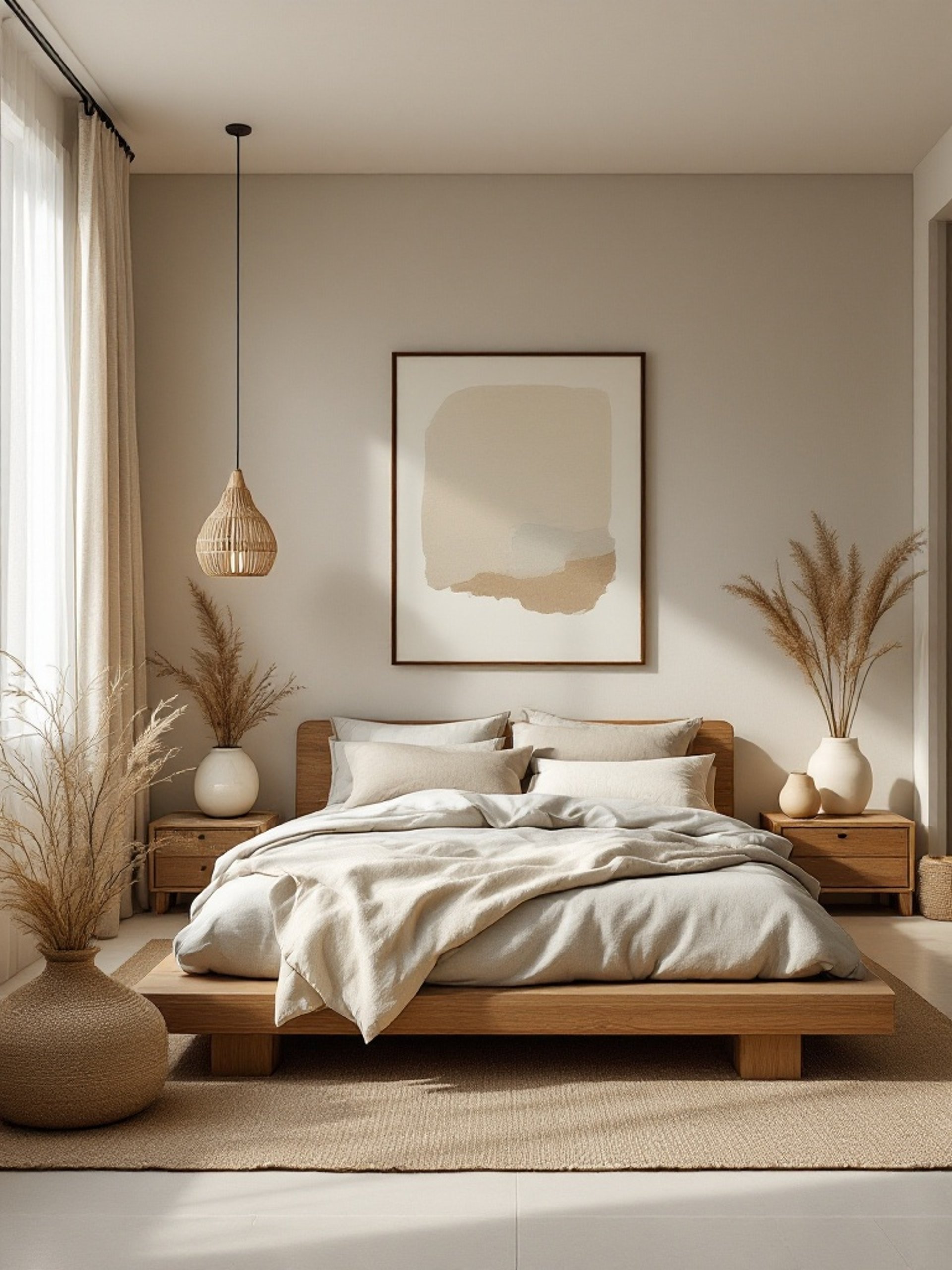
Mastering the Fundamentals: An Introduction to Interior Design Principles
Mastering the fundamentals of interior design transforms a space from ordinary to effortlessly harmonious. This guide explores timeless principles—balance, proportion, rhythm, focal points, lighting, color theory, and negative space—to help you design with confidence. Whether styling a cozy corner or planning an entire home, understanding these essentials ensures a space that is both functional and visually cohesive.
INTERIOR DESIGN
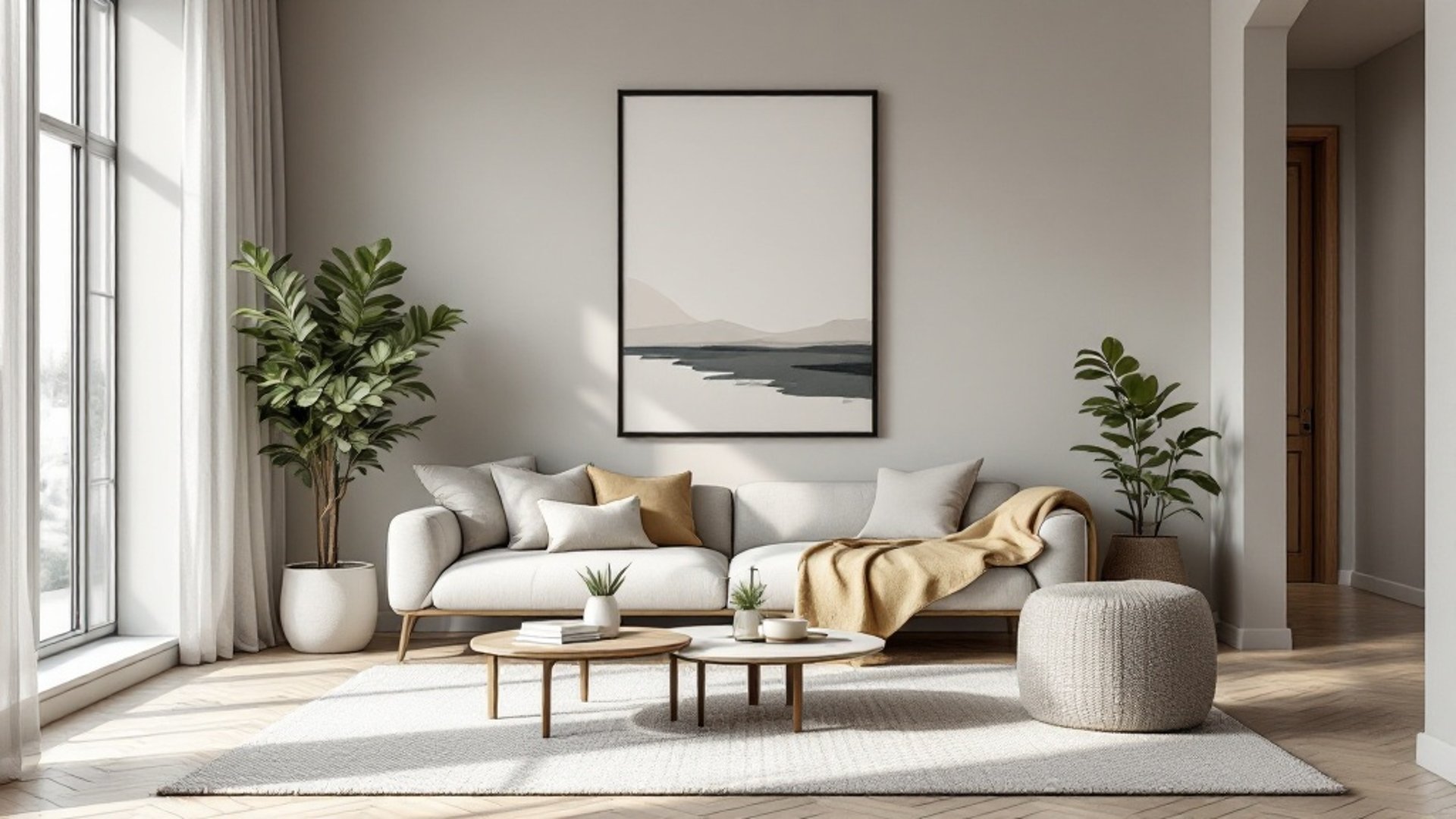
Mastering the Fundamentals:
An Introduction to Interior Design Principles
INTERIOR DESIGN GUIDE
This guide explores timeless principles—balance, proportion, rhythm, focal points, lighting, color theory, and negative space—to help you design with confidence.
Whether styling a cozy corner or planning an entire home, understanding these essentials ensures a space that is both functional and visually cohesive.
Have you ever walked into a space that felt effortlessly beautiful—where everything seemed to belong, yet nothing felt overdone? This sense of harmony isn’t accidental; it’s the result of thoughtful design principles at play. Interior design isn’t just about aesthetics—it’s about creating spaces that feel balanced, functional, and inspiring.
While trends come and go, the fundamentals of interior design remain timeless. Understanding these principles allows you to design with confidence, ensuring that your space not only looks good but also works seamlessly with your lifestyle. Whether you’re styling a cozy corner or planning an entire home, these guidelines act as a blueprint, helping you make intentional choices that enhance both form and function.
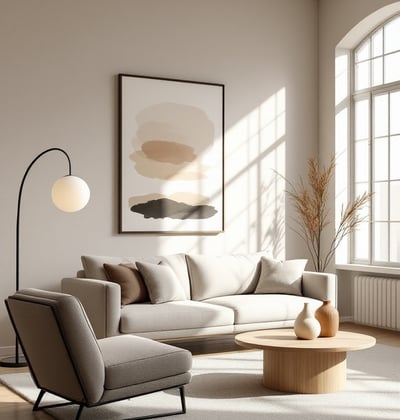

In this article, we’ll explore the core principles that shape well-designed interiors—balance, proportion, rhythm, focal points, lighting, color theory, and negative space. By mastering these, you’ll gain the ability to transform any space into one that feels cohesive and inviting.
Design is more than decoration; it’s about creating a space that feels right. Let’s break down the key principles that will help you refine your home with purpose and ease.


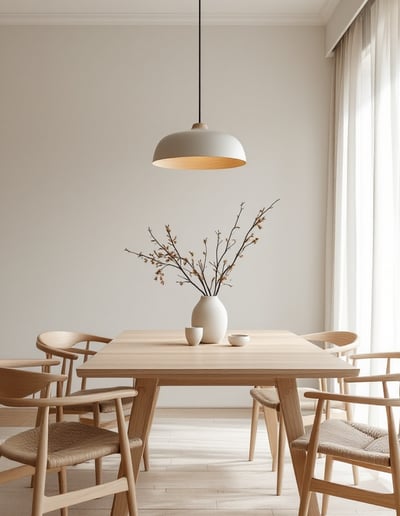

Balance & Symmetry
A well-designed space feels stable and harmonious, and balance is the key to achieving this. Balance in interior design refers to the distribution of visual weight, ensuring that no single element overwhelms the space. There are three types of balance:


Symmetrical Balance


Asymmetrical Balance
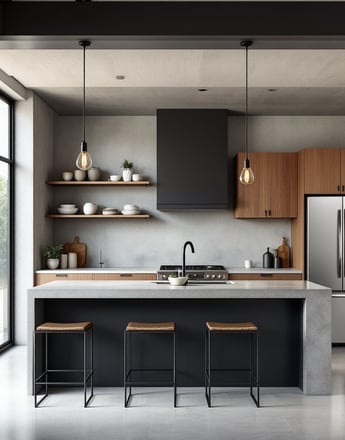

Radial Balance
Common in classic and formal interiors, this approach mirrors elements on either side of a central axis. Imagine a bedroom with two identical bedside tables and lamps—this creates a sense of order and calm.
More dynamic and modern, this involves balancing different objects with similar visual weight. For example, instead of two matching lamps, you might pair a tall floor lamp with a small table lamp to create equilibrium.
Less common but equally effective, radial balance arranges elements around a central focal point, like chairs encircling a round dining table.
Understanding balance allows you to create interiors that feel effortless yet intentional. To apply this, try assessing your current space—does it feel visually balanced? If not, consider rearranging elements to create a sense of equilibrium.
Proportion & Scale
Every element in a room should relate to the space around it. Proportion refers to how different pieces compare to one another, while scale considers their relationship to the overall room. A well-scaled space feels natural, whereas mismatched proportions can make a room feel cramped or incomplete.
For example, a large sectional sofa in a compact living room can overpower the space, while a tiny coffee table in a spacious area might feel lost. To achieve the right balance:
Follow the 2:3 ratio rule—if a sofa is two-thirds the width of a wall, it often feels just right.
Ensure that rugs, artwork, and lighting fixtures are appropriately scaled to the furniture they accompany.
The 2:3 ratio rule in action—this minimalist living room achieves visual harmony by ensuring the sofa is two-thirds the width of the wall. The artwork, rug, and lighting are thoughtfully scaled to maintain balance, creating a cohesive and inviting space. Proper proportion enhances both functionality and aesthetics in modern minimalist interiors.
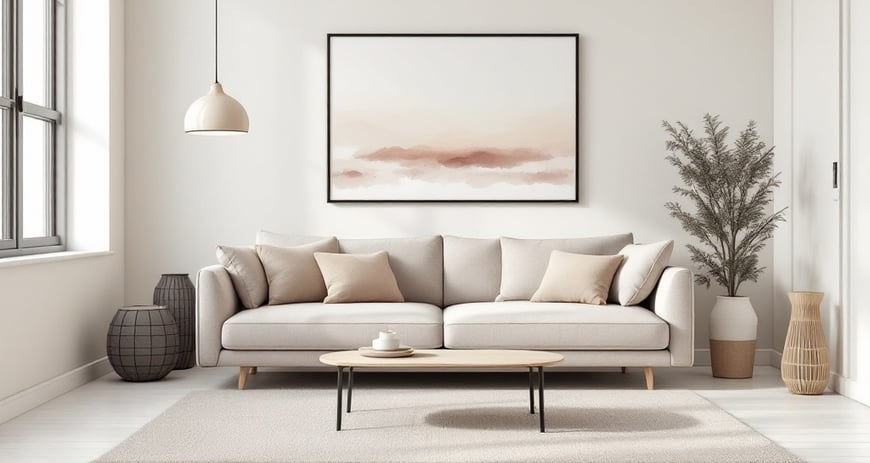

By keeping proportion and scale in mind, you create spaces that feel comfortable and visually cohesive. Take a step back and examine the scale of your furniture—does anything feel too big or too small? Adjusting proportions can instantly improve the harmony of a room.
The Rule of Thirds & Focal Points
Borrowed from photography and art, the Rule of Thirds helps guide design composition. The idea is to divide a space into three equal sections, both horizontally and vertically, and place key elements along these lines or intersections for a more balanced composition.
A well-designed room also benefits from a strong focal point, which draws attention and anchors the space. This could be:
A statement wall with textured or bold-colored paint.
A large artwork or mirror strategically placed above a console.
A stunning light fixture that naturally catches the eye.
Without a focal point, a room can feel scattered. By using the Rule of Thirds, you ensure that elements are positioned in a way that enhances visual harmony. Try this: Identify your space’s current focal point. If one doesn’t exist, consider adding a feature that naturally draws the eye.
Rhythm & Repetition
Just like in music, rhythm in interior design brings flow and movement. This is achieved through repetition, progression, and contrast in patterns, textures, and colors.
Repetition – Using similar colors, shapes, or textures throughout the space (e.g., repeating black metal accents in lighting, furniture legs, and decor) to create a sense of cohesion.
Progression – Arranging elements in a way that leads the eye naturally, such as placing candles of different heights in a row.
Contrast – Pairing light and dark elements, matte and glossy textures, or curved and straight lines to add depth and interest.
Mastering rhythm prevents a room from feeling static and instead creates a space that feels intentionally connected. Look around your space—do you notice repetition, progression, or contrast? Small tweaks can bring a sense of rhythm to your interiors.
In this modern minimalist dining room, rhythm and repetition are thoughtfully applied to create a cohesive and visually engaging space. The repetition of black metal accents in the dining chairs, table legs, and pendant light establishes harmony, while the arrangement of vases in varying heights introduces a sense of progression. A bold abstract artwork serves as a focal point, contrasting with the neutral tones of the walls and furnishings. The balanced composition and subtle contrasts enhance the space’s depth and movement, demonstrating how rhythm in design can bring fluidity and intentionality to an interior.
Lighting Principles
Lighting can make or break a space. A well-lit room uses layers of lighting to create the right ambiance and functionality. These layers include:
Ambient Lighting – The main source of light, such as overhead fixtures or recessed lighting, which provides general illumination.
Task Lighting – Focused lighting for specific functions, like reading lamps by the bed, under-cabinet kitchen lighting, or a desk lamp in a home office.
Accent Lighting – Decorative lighting that highlights design features, such as LED strips behind a headboard, wall sconces, or spotlights for artwork.
Combining these layers ensures that a space is both practical and atmospheric. Assess your lighting setup—do you have the right mix of ambient, task, and accent lighting? Adjusting your lighting layers can enhance the mood of your space.
This minimalist living room exemplifies the power of layered lighting in interior design. The recessed ceiling lights provide soft ambient illumination, creating a warm and inviting atmosphere. Built-in shelves feature subtle LED accent lighting, drawing attention to curated décor pieces while adding depth to the space. A sleek black floor lamp beside the modern lounge chair serves as task lighting, offering focused illumination for reading or relaxation. The combination of these lighting layers enhances both functionality and aesthetics, demonstrating how thoughtful lighting design can elevate a minimalist interior.
info@papersandpaces.com
© 2025. All rights reserved.

